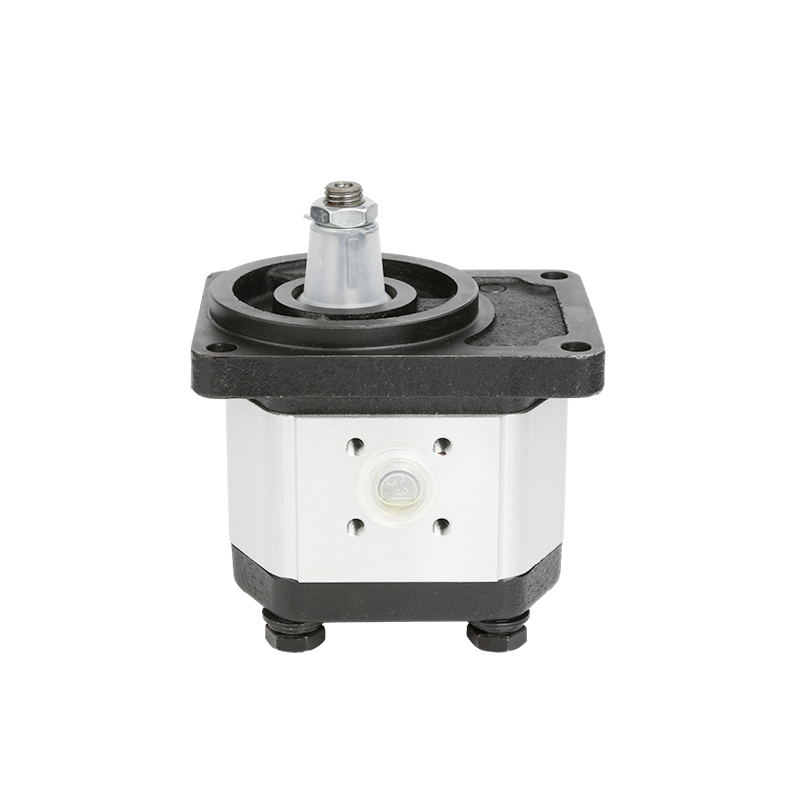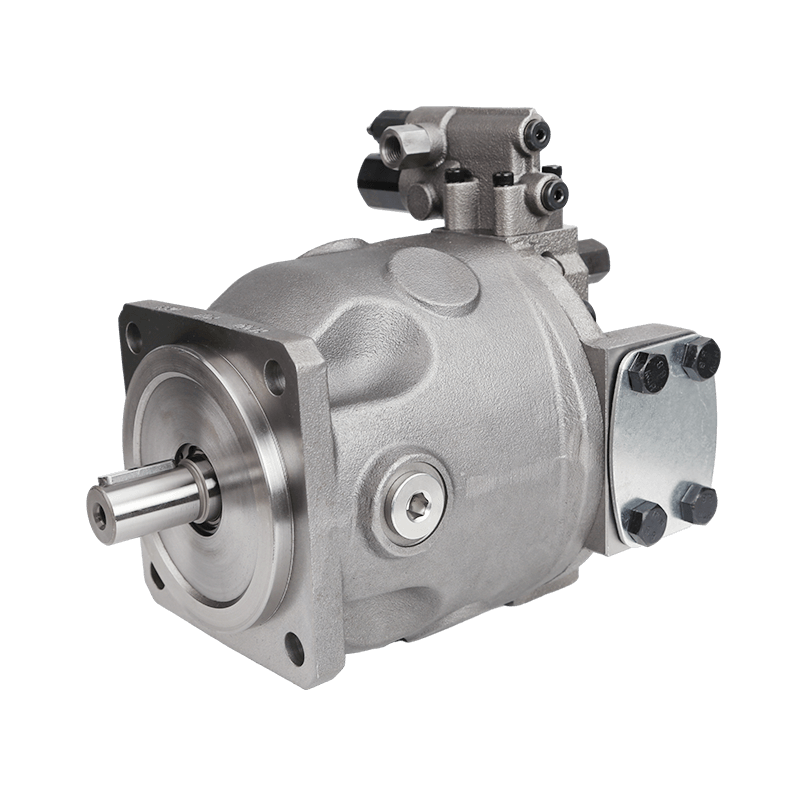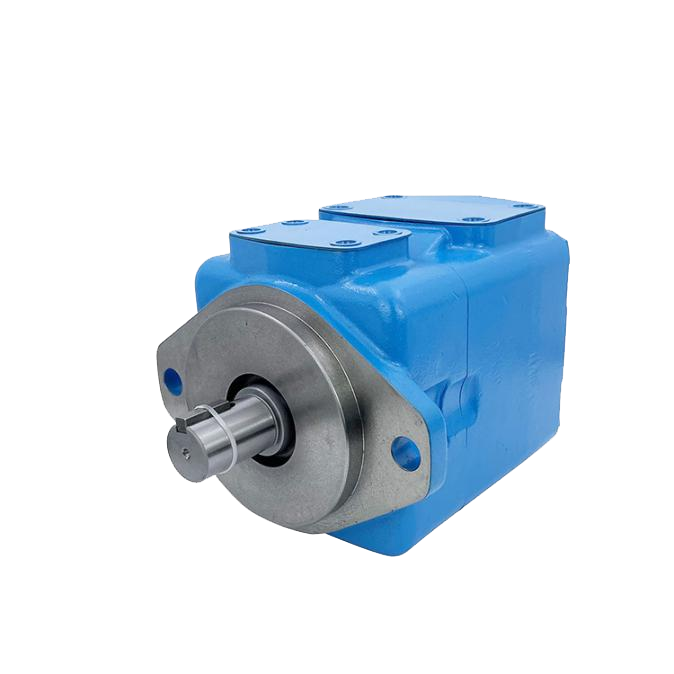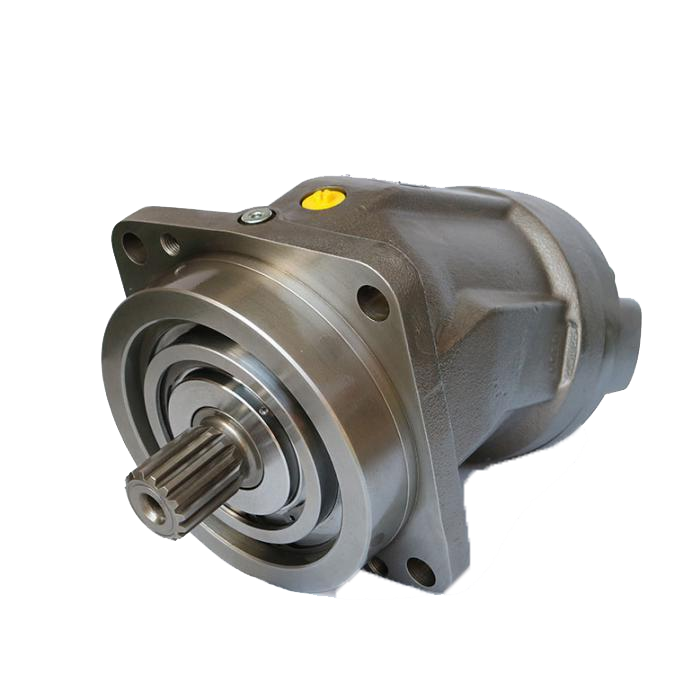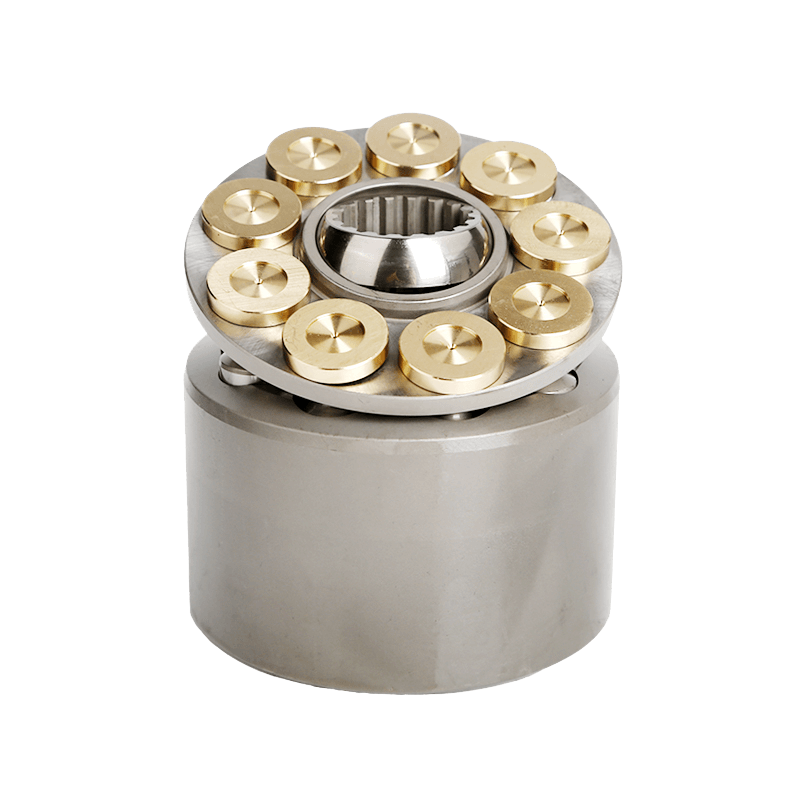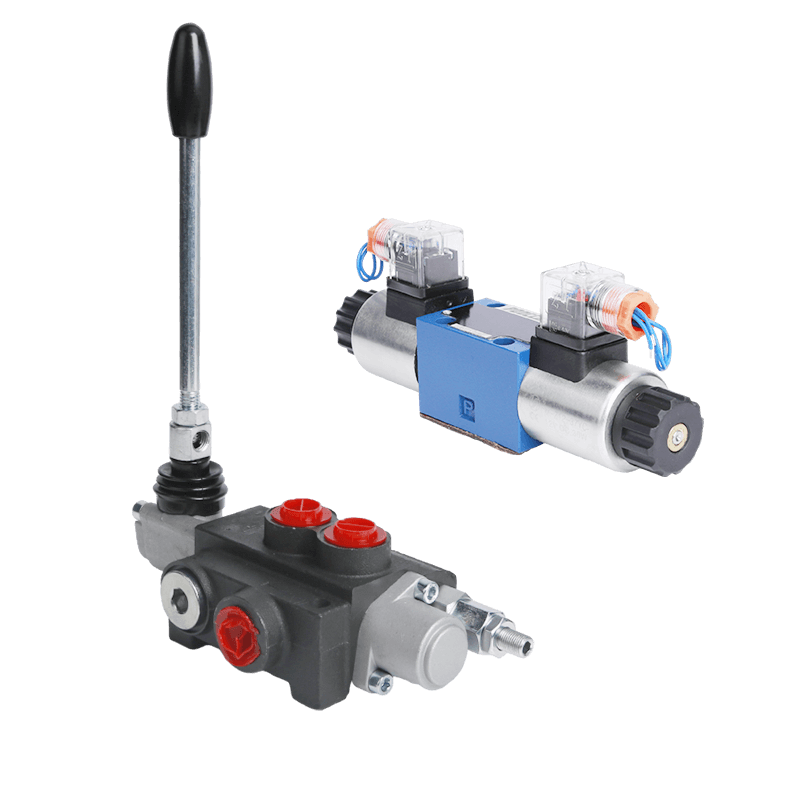How Are the Types of Hydraulic Motors Classified?

Hydraulic motors turn hydraulic energy into mechanical power. They come in different designs. But they’re mainly grouped by speed and torque. There are two big types: high-speed, low-torque (HSLT) and low-speed, high-torque (LSHT) hydraulic motors.
LSHT motors give strong power from a small size. This makes them great for jobs needing high torque at slow speeds while staying compact. They shake less and make less noise. This helps make machines more comfy to use and last longer.
Knowing how these motors are grouped helps workers pick the right one for their jobs. This ensures machines work well and efficiently.
Rating Hydraulic Motors
Hydraulic motors are judged by two main things: torque and displacement. Displacement is how much fluid the motor needs to spin its shaft once. It’s measured in cubic centimeters per revolution (cc/rev) or cubic inches per revolution (in³/rev).
Torque is the twisting force the motor makes. It’s measured in Newton-meters or inch-pounds. These ratings show if a motor can handle a job’s load.
Also, groups like the Society of Automotive Engineers (SAE) and the International Organization for Standardization (ISO) set standards. These ensure motors work the same across different brands.
Torque, Moment of Force (Rotational Force)
Torque is super important when choosing a hydraulic motor. It shows how much twisting power the motor gives to its shaft. More torque means stronger turning, great for heavy tasks like lifting or drilling.
The moment of force matters a lot in LSHT motors. These are used in jobs needing big power at slow speeds. For example, they power excavators or mixers. Knowing torque needs helps machines run smoothly without breaking.

Gear Motors
The first type is the gear motor. It has two main parts: the idler gear and the driven gear. The output shaft links to the driven gear with a key. Pressurized oil flows into one side of the gears. It moves through spaces between gear teeth and the housing. Then, it leaves through an exit port as gears mesh, stopping backflow.
Gear motors are cheap to start with. They handle dirt well and are tough. They’re used in fans, screw conveyors, and dispersion plates.

POOCCA offers great gear motors like the Ronzio Z3 Series Gear Pump. These have displacements from 20–90 cm³/rev and pressures up to 310 bar. They use pressure-balanced bushing blocks for steady flow. Their efficiency is around 95%.
Vane Motors

Next up are vane motors. These have a housing with an off-center bore. A rotor spins inside with vanes that slide in and out. This happens because of spinning force or springs. When pressurized fluid enters the vane chambers, it pushes them to spin.
Vane motors have a simple build and are quiet. Most make strong torque at slow speeds. They’re used in farm machines and screw-drive molding systems.
Products like Parker T6 T7 Vane Pumps are good examples. They handle pressures up to 275 bar. Their efficiency is about 94%. They work well for systems needing steady flow at medium pressure.
Piston Motors
Piston motors give top performance in tough settings. They come in two types: radial-piston and axial-piston designs.
Radial-Piston
Radial-piston motors are LSHT motors. Their pistons spread out from a central cam ring or crankshaft. They give high torque. They also run smoothly at low speeds.
They’re great for ground drilling, winches, cranes, and caterpillar drives on dragline excavators. These jobs need smooth motion under heavy loads.
Axial-Piston Motors
Axial-piston motors have pistons in a circle inside a cylinder block. The pistons move along the drive shaft’s axis. They offer better speed changes, higher speeds, and great efficiency.
You’ll find them in winch drives, construction vehicles like excavators, or marine cranes. They handle variable speeds under high pressure well. Products like Rexroth A10VSO Series Axial Piston Variable Pumps have displacements from 18–140 cm³/rev. They manage pressures up to 280 bar. They’re versatile for open-circuit hydrostatic transmissions.
Choosing the Right Hydraulic Motor

Picking the right hydraulic motor starts with knowing your job’s needs. Think about speed range, load torque, operating temperature, dirt risks, ease of setup, and industry rules.
First, know what your motor is for. Check if your system runs on and off or all the time. This affects how much heat it needs to handle.
Working with a pro hydraulic supplier helps a lot. At POOCCA Hydraulics, we have over 26 years in the field. Our 8,000-square-meter factories use CNC gear grinders and CAT-controlled testing machines. We offer custom solutions for your needs.
Have Questions? Contact POOCCA Today!
POOCCA Hydraulic (Shenzhen) Co., Ltd., started in 2006, has branches in Hong Kong, Guangdong, Jiangsu, and Zhejiang. We’re a full-service hydraulic company. We handle research, making, fixing, and selling hydraulic pumps, motors, valves, and parts. Our team has over 300 pros, including 70 sales experts, to help you from start to finish.
We work with dealers in over 75 countries. Our products match brands like Rexroth®, Parker®, Danfoss®, Yuken®, Casappa®, and Vickers®.
For help choosing between gear, piston, or vane motors—or custom solutions—contact us today. See why POOCCA leads in global hydraulics innovation.

